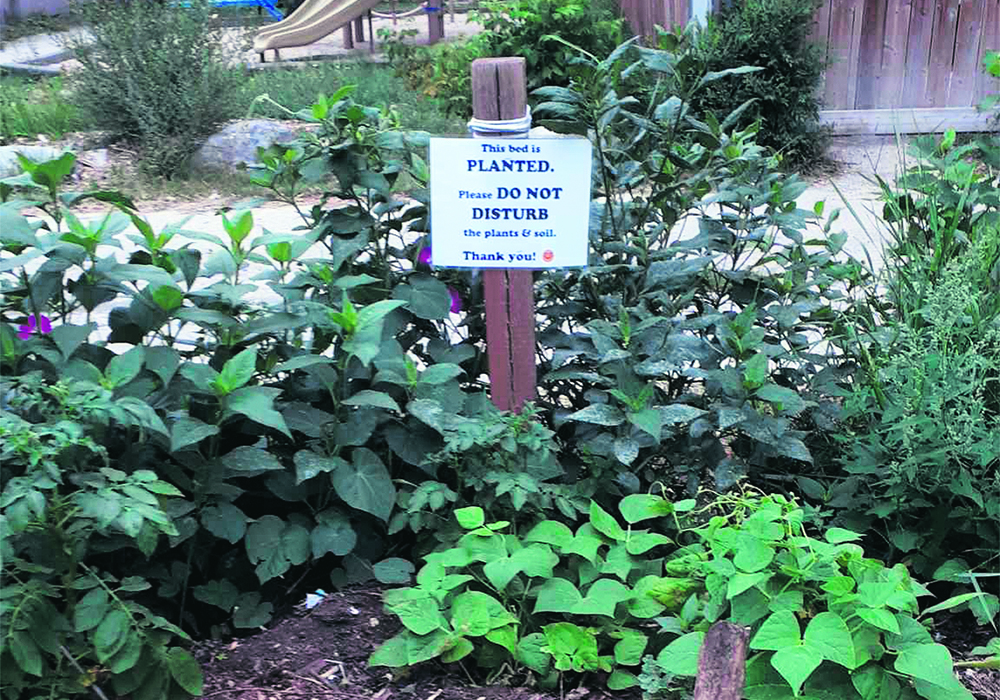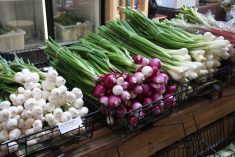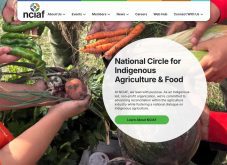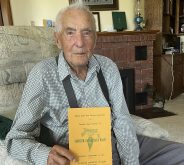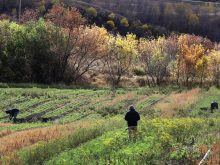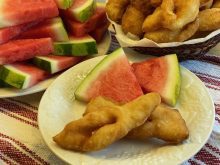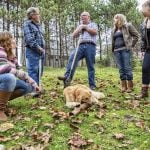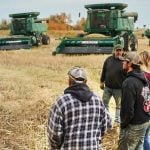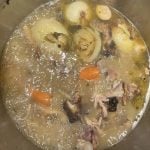Proponents of urban agriculture in Winnipeg and Edmonton teach others about the culture of growing and giving
A cold wind blows down the snow-strewn street one winter morning in Winnipeg.
A solitary woman walks down the sidewalk, pitchfork riding her shoulder. Some pedestrians see her across the road and ask each other, “what is she doing?”
Too curious to walk on, they follow the woman as she starts to remove snow and a thick layer of leaves from an area of ground. When asked, she says she is harvesting some of her carrot crop.
Nutritious, locally hardy and easy to grow, the carrots in the garden that Indigenous elder Audrey Logan has been establishing over the years in downtown Winnipeg have nourished herself and her family. By extension, the garden has helped many others to learn Indigenous growing methods.
Read Also
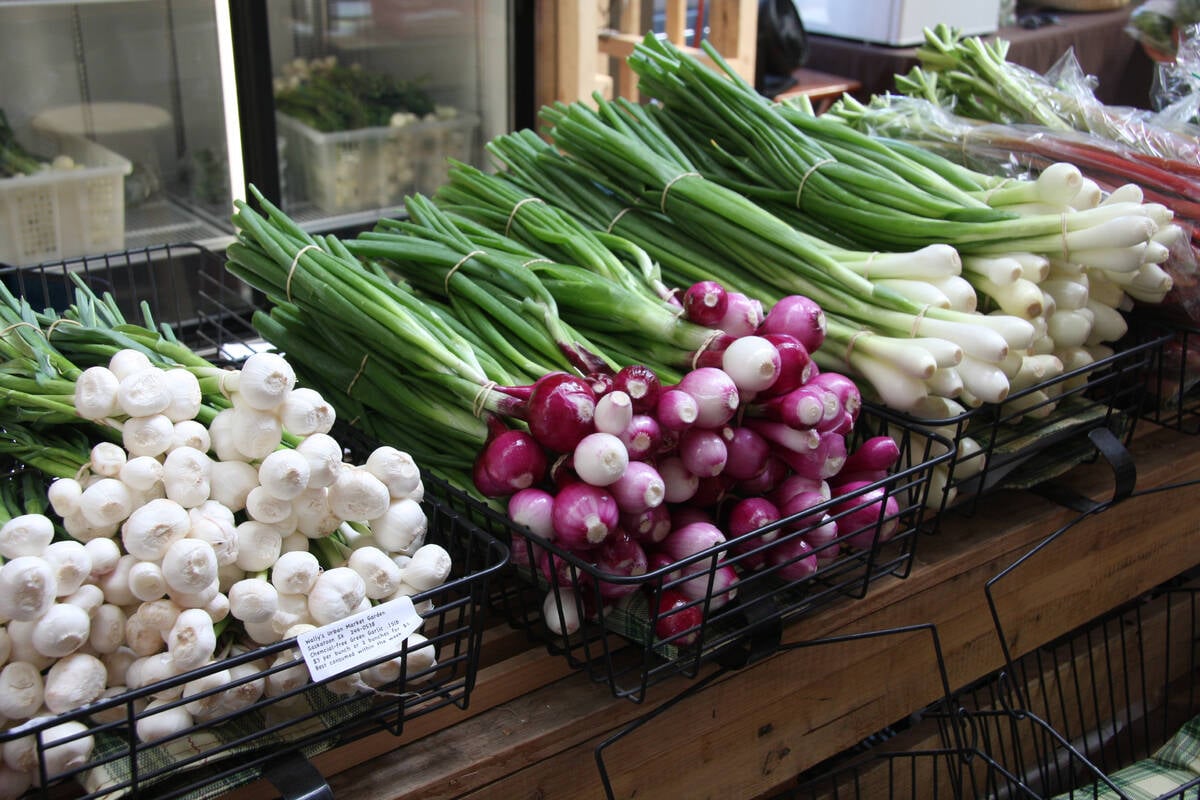
Starting a small business comes with legal considerations
This article sets out some of the legal considerations to start a business to sell home-grown product, such as vegetables, herbs, fruit or honey.
Based on her experience and natural intuitive knowledge, Logan has refined her Indigenous urban farming methods to make them less labour intensive, more cost effective and gentler on the land then western methods.
She grows native plants like sun chokes but also carrots, beets and oregano. Logan has been growing food for herself and community members in need at her West Broadway garden location for several years.
Using low intensive methods like no-till permaculture, she only disturbs the soil when harvesting root vegetables, often waiting until winter for some of the digging.
“What happens after the frost, all the energy that’s in that leaf material goes back into the root. That’s what makes the root sweet. That’s what gives you more nutrition because that energy from all the vitamins and all the minerals that are in that leaf material goes back into the root,” she explains.
A mulch of tree leaves “creates a microclimate underneath that leaf material as the leaves decompose and the worms come up to feed on the leaf material. They aerate my soil as well as deposit more soil. I’ve even had oregano stay green and I’ve gone underneath there in February and moved the leaves, and there’s my oregano, nice and green.”
Logan leaves a few plants to mature into their second year because she saves money by letting them produce their own seeds. She lets the seeds drop from the plant to continue the cycle. This also saves on labour and time.
Renewing the leaf layer each spring helps retain moisture, letting Logan rely on rain throughout the warm season.
As she walks in the Rat Creek Ravine in northern Edmonton, Sarah De Lano, member of the Metis Nation of Alberta, scans the landscape for highbush cranberries, red against the white snow. She harvests what she needs from the frozen bushes.
De Lano is an assistant lecturer at the University of Alberta, and urban farming is her passion. Working with the Edmonton Urban Farm, her community league and the Prairie Urban Farm, De Lano has been sharing her love of growing and foraging for edibles within the city since she moved there more than a decade ago.
She has cultural ties to the Rat Creek Ravine, where her ancestors had lots along the river banks. Growing food like beans, squash, sage and cedar creates important connections to food sovereignty that are “about being able to find or grow or eat the types of foods that you feel connected to … that connect you to people who are important to you, to cultural teachings … and to places,” she says.
Growing and foraging is taking from the land, but giving back replenishes it.
“I have been taught that you should only take one tenth of what’s on a bush,” De Lano says.
Her community also participates in the ravine clean up, gives offerings of tobacco and shares gardening knowledge and produce.
Fresh produce from urban farms, foraging sites and her own yard garden feed De Lano’s family, a larger community through harvest meals, people using the city food bank and newcomers to Edmonton. There are also gifts of homemade berry jams that highlight how local fruits can reach beyond the confines of Rat Creek Ravine.
Back in Winnipeg, Logan pulls the protective blanket of leaves and snow back over her natural root cellar. She bags her carrots, rests her pitchfork on her shoulder and walks home with enough food to last for the next few weeks.
“Having access to your own grown food has an important impact on your health … because then I know what’s in it,” she says. “I know where it’s grown, who grew it, even if it wasn’t me.”

